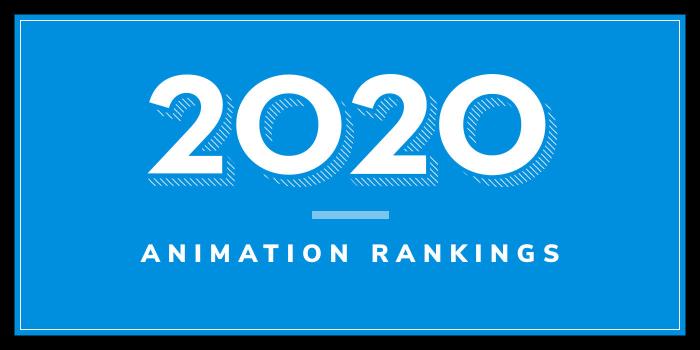Established in 1898, DePaul University serves nearly 22,500 students from across the U.S. and about 70 countries. The school offers 300 programs of study across 10 colleges and schools and two campuses in Chicago. The College of Computing and Digital Media (CDM) houses the School of Cinematic Arts, home of the animation program. With more than a dozen full-time animation professors, the school has one of the largest full-time animation faculties in the U.S.
Program options for aspiring animators include BA, BFA, MA, and MFA degrees in Animation. Several concentrations are available including Game Art, Traditional Animation (hand drawn and stop motion), 3D Animation, Storyboarding and Character Design, Technical Artist, and Motion Graphics. A VFX Concentration is also available within the Film and Television BFA and the school offers a Game, Cinema and Animation Summer Academy for high school students interested in animation, with tracks in Hand Drawn, Stop Motion, and 3D Animation for Games.
The BA in Animation “emphasizes the art of animation, creativity, and critical thinking—while encouraging experimentation in form, content and medium—within a broad Liberal Arts context.” To develop their animation skills, students will produce live action videos, draw web-based shorts inspired by Hollywood or anime, or design motion graphics for film titles and commercials.
Designed for students who are serious about careers as animation artists, character animators, game artists, CGI effects animators, and motion graphics animators, the BFA in Animation provides a “thorough foundation in the art of animation and its history, combined with intense practice in traditional animation (hand drawn, stop motion, and hybrid), and 3D computer animation and modeling.
The MA in Animation “provides a combination of artistic and technical training that prepares students for a future in 3D character animation, traditional animation, computer game art, or visual effects.” The MFA in Animation is the “premier degree” of the graduate program. It’s designed for students who are interested in “creating original animated films and artwork as their main vocation, and is the terminal degree in the field.”
DePaul Animation students can apply to participate in the Animation Summer LA Quarter. This ten-week immersion program is structured around living in student housing, taking classes on a historic studio lot, and interning at high profile animation studios. The experience teaches students how to navigate the studio system and helps them build a network of professional contacts. Past participants have interned at Warner Brothers, DreamWorks Animation, Sony Studios, Disney, Nickelodeon, The Mill, The Jim Henson Company, Titmouse Animation, Bix Pix Animation, and others. Back at home, students will also benefit from CDMs relationship with Chicago’s largest game development and animation studios.
Graduates of the Animation programs at DePaul have been hired in animation roles at DreamWorks Animation, Laika Studios, Google, Blizzard Entertainment, Phosphor Studios, Wargaming, Nickelodeon, Electronic Arts, and Synapse Games, to name a few.






















